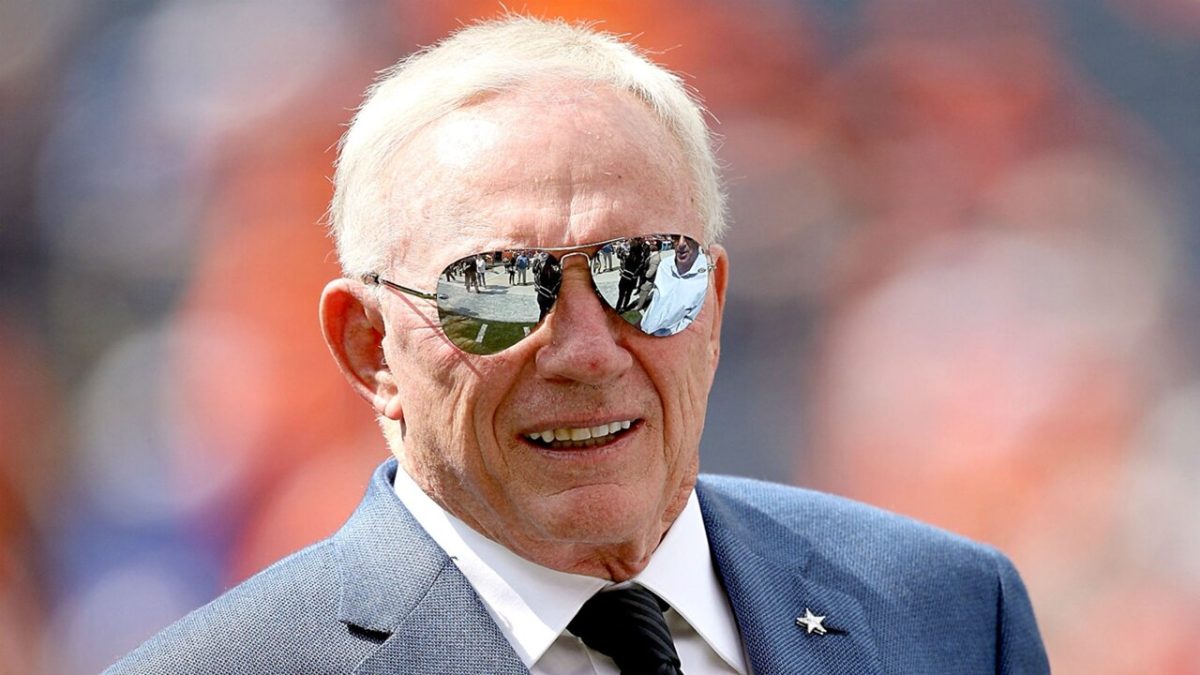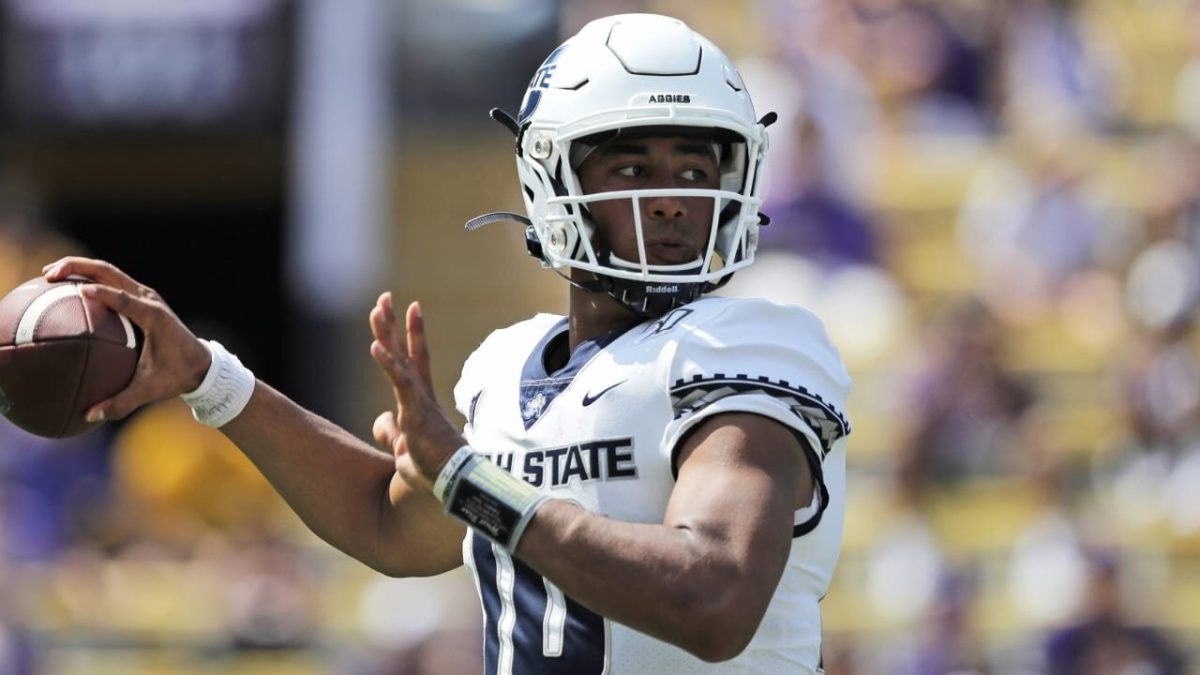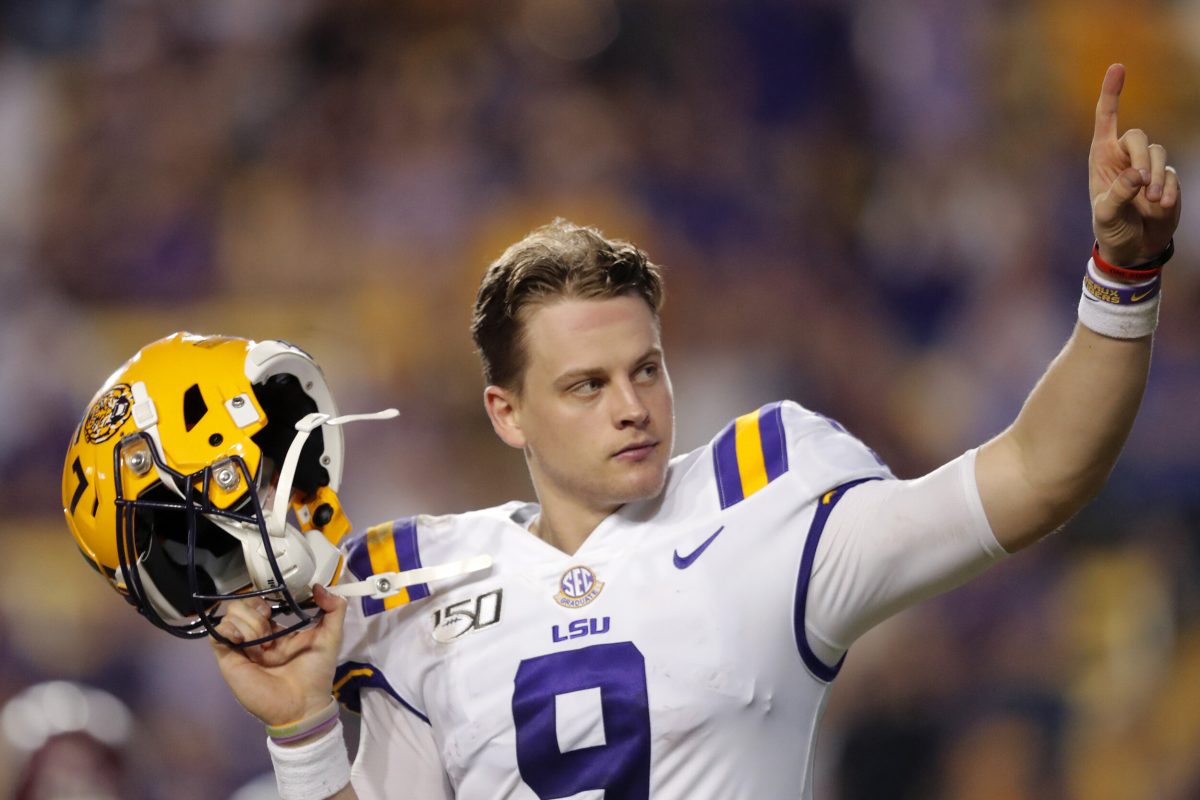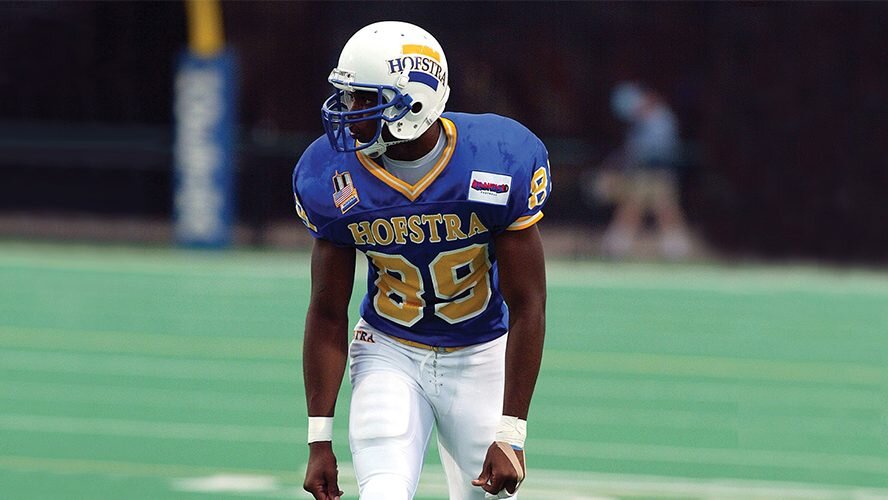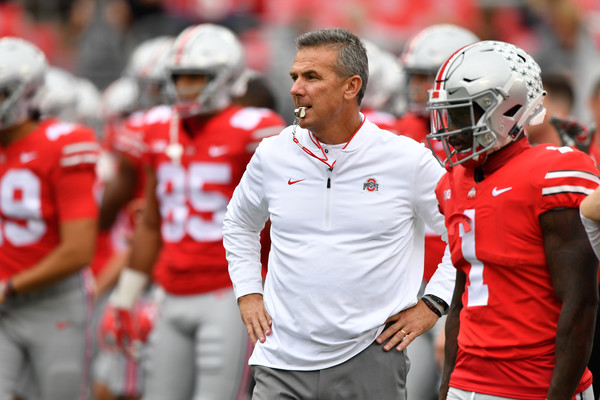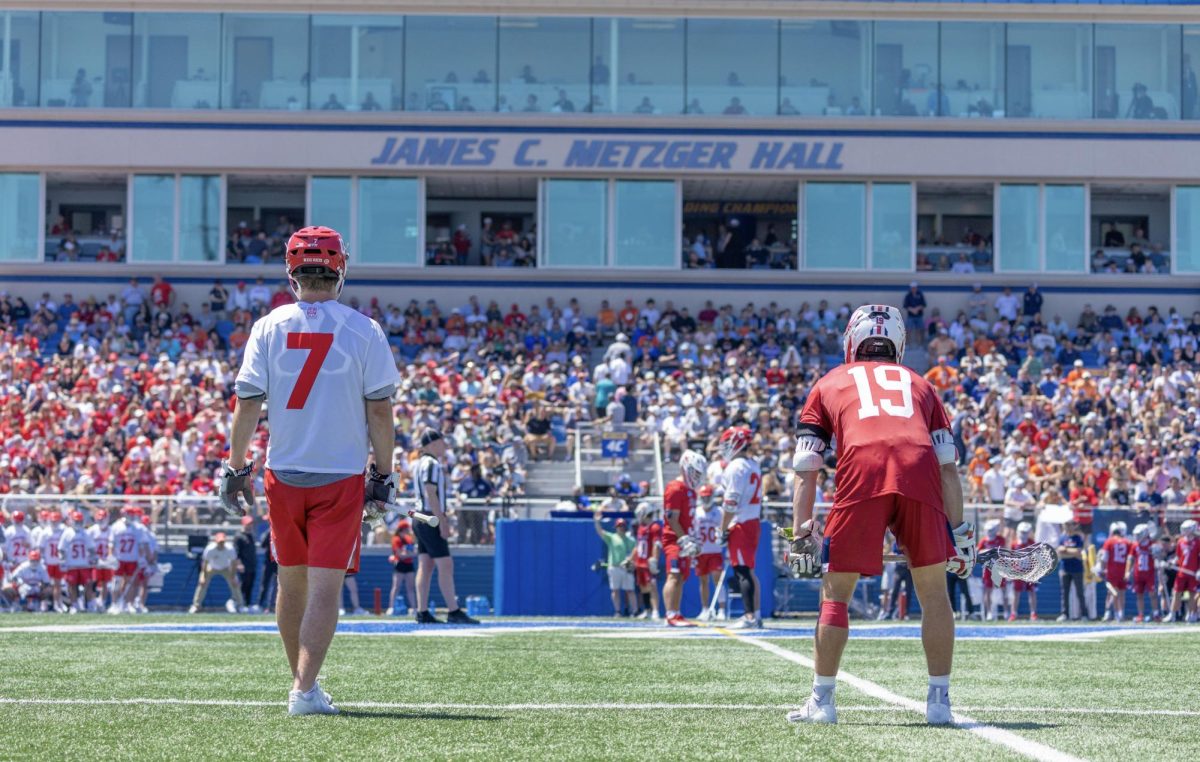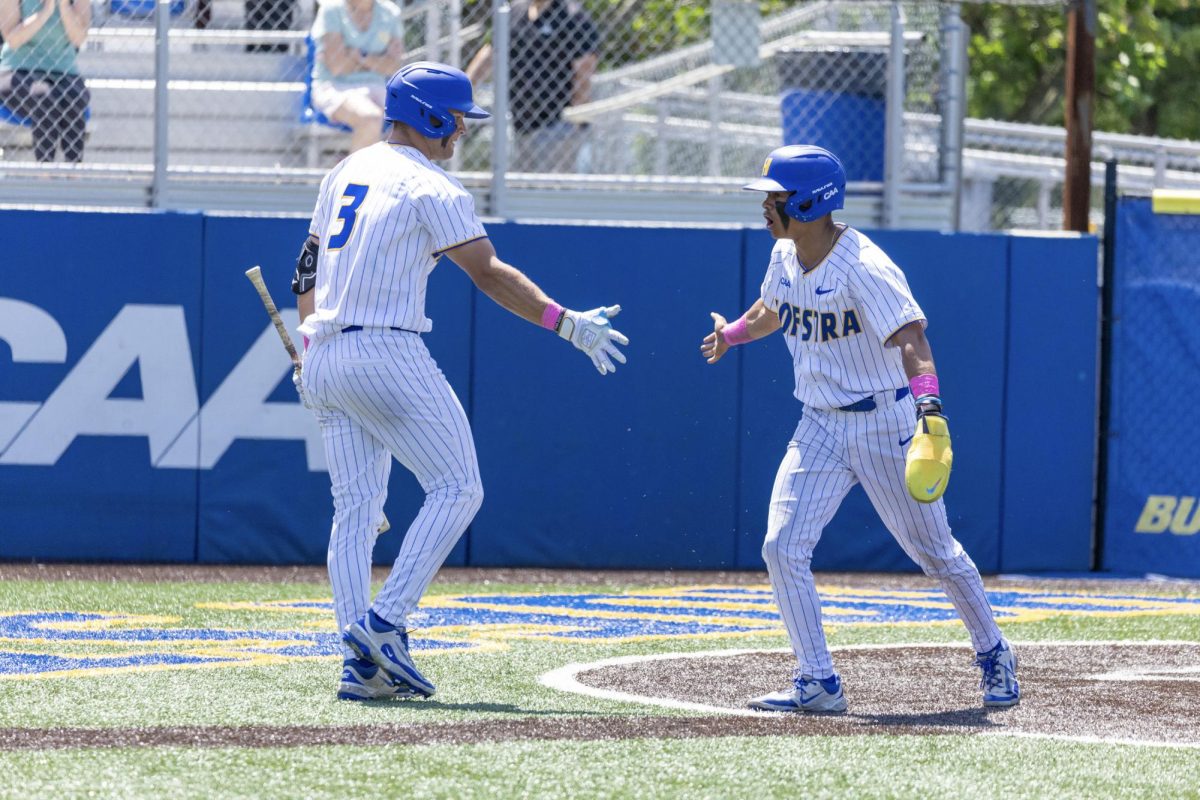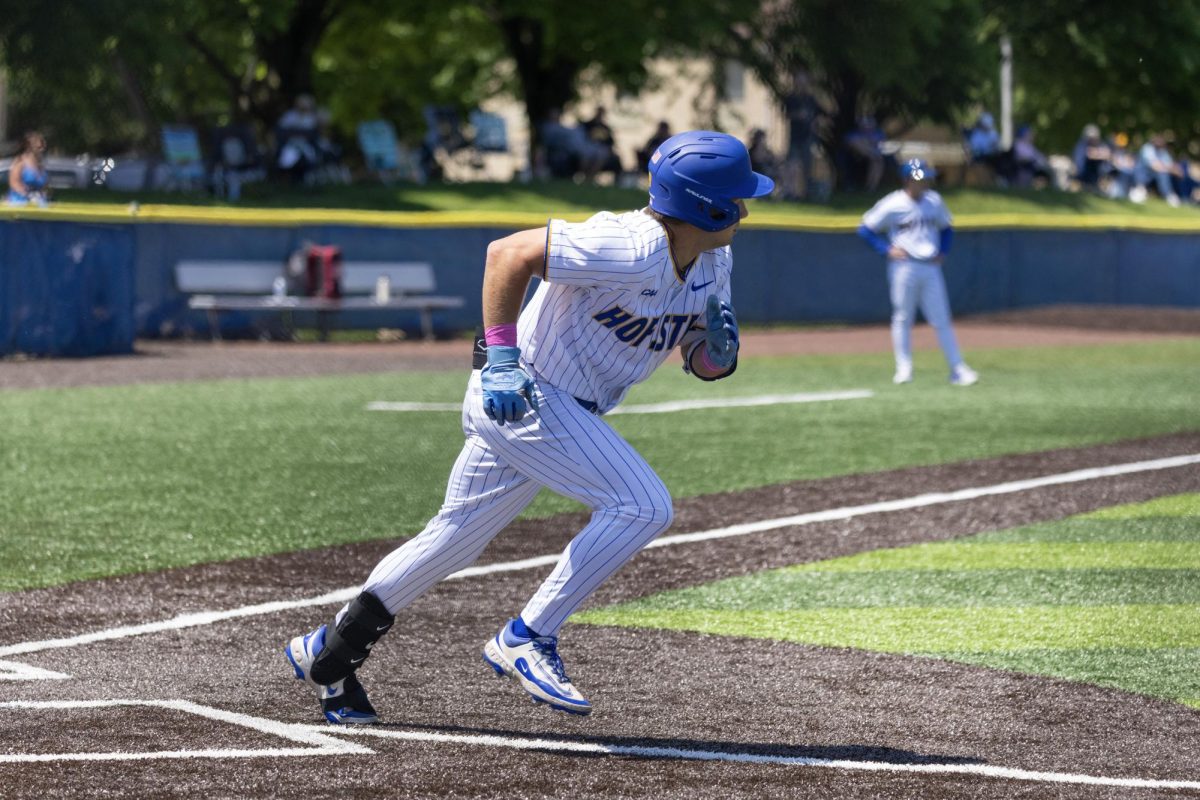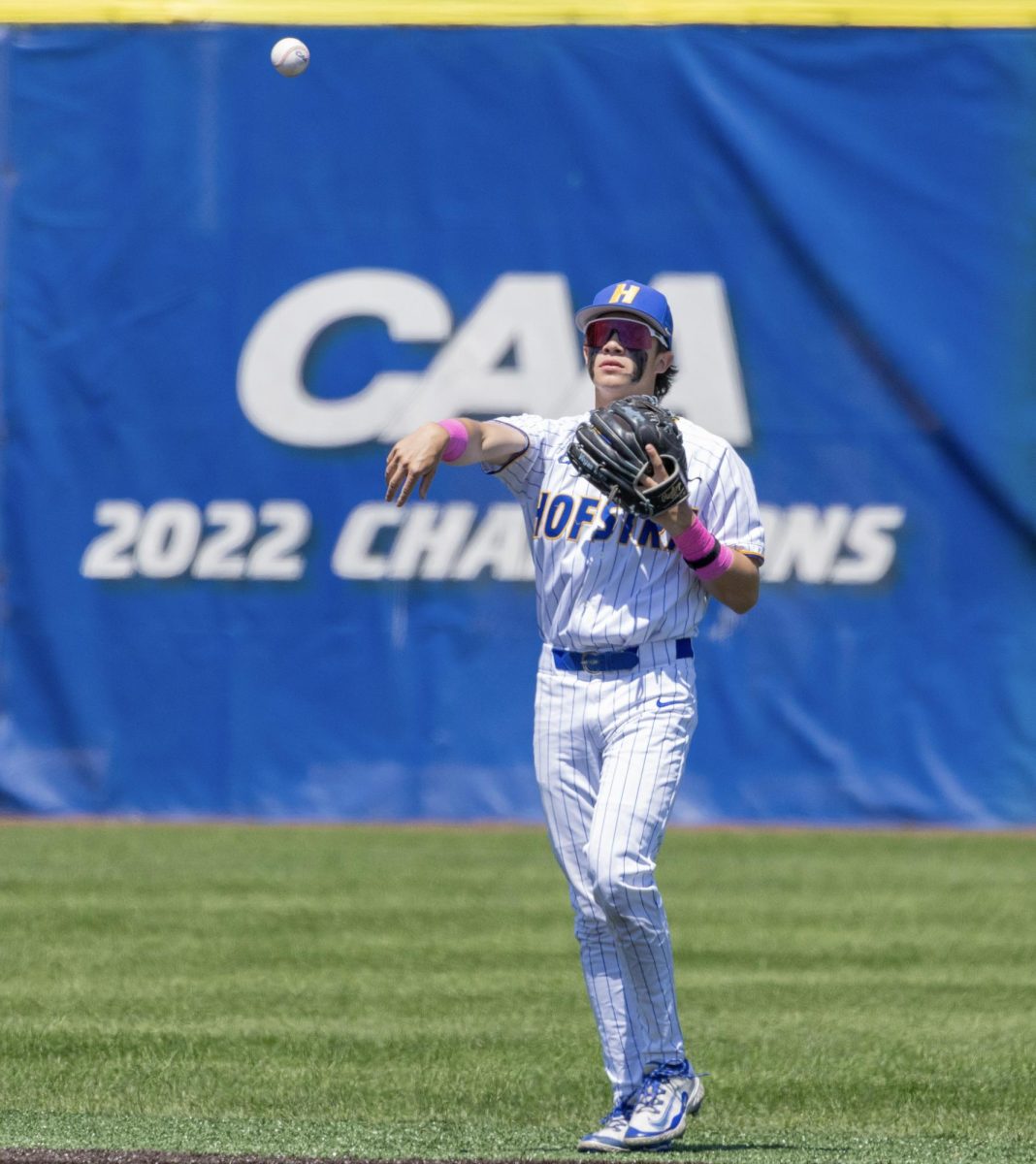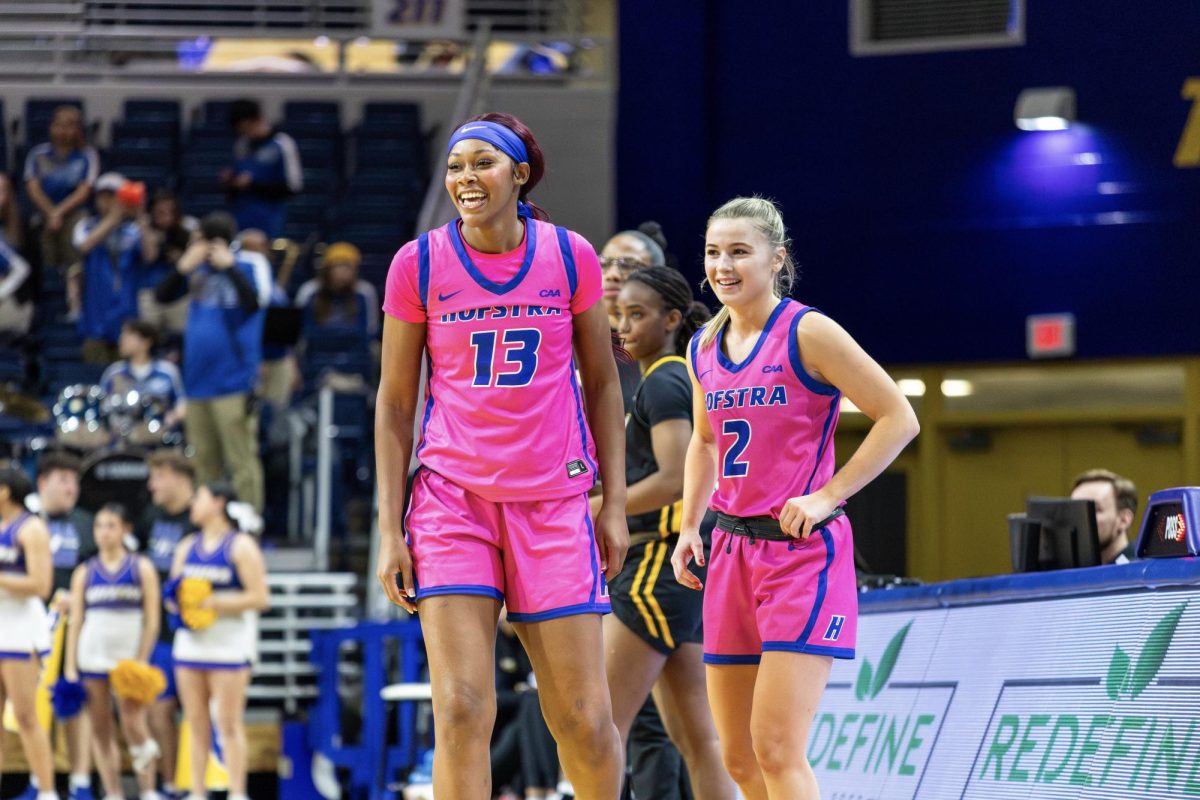By Max Sass, Sports Editor
One year ago, on December 3, 2009, students across Hofstra University receieved an email from President Stuart Rabinowitz explaining that the school had made the decision to cut its football program after 69 years. Although Northeastern University reached the same decision just over a week earlier, it nevertheless took students by surprise that Hofstra, with a relatively rich football tradition, suffered a similar blow.
The email opened, “After a comprehensive review, the Board of Trustees has, at my recommendation, voted unanimously to eliminate our intercollegiate football program in order to redirect those resources toward academic initiatives and need–based scholarships.”
The football team learned its fate on the morning of the 3rd, just hours before the decision was announced at a press conference. While the initial shock now seems to have worn off, one year later, the feelings towards the loss of the football program are decidedly mixed. Some agree with the decision, some accept it as necessary and others still harbor resentment. The effects of the decision still resonate at Hofstra.
The football players had a choice to make: they could remain at Hofstra on scholarship and finish their degrees or they could transfer without sitting out the next football season as a penalty. Of the 82 student-athletes on the team, 67 transferred to play football elsewhere, 17 graduated and only nine remained at Hofstra.
Quarterback Steve Probst was one of the players who left. During his last year with the Pride, he split time under center with Cory Christopher and Joe Sidaris, passing for 466 yards and five touchdowns, while gaining 332 yards on the ground. He transferred to fellow Colonial Athletic Association program Rhode Island and is currently thriving as a junior. Probst is one of three former members of the Pride to go to URI; wide receiver Billy Morgan and defensive back Chris Edmond are the others.
Probst, a North Massapequa, NY native, has been named CAA Offensive Player of the Week twice this season and was the only quarterback in the conference to pass for over 1,800 yards and rush for over 600 yards. Just as his production has surpassed his play at Hofstra, so too have his thoughts evolved.
“Billy Morgan actually reminded me the other day [that it was the one year anniversary],” Probst said. “Honestly, all my thoughts on Hofstra, I kind of moved past it. All my thoughts are about trying to win games here.”
A year later though, the decision still draws a strong reaction from Probst. “It was definitely shocking,” he said. “You are almost in disbelief.”
Probst’s coach at Hofstra was Dave Cohen. Cohen had one year left on his contract when the program was cut and the University promised to honor the contract unless he got another job. Cohen was hired as the defensive coordinator at Western Michigan University. Western Michigan went 7-6 this year and the defense gave up an average of 23.8 points per game.
Cohen declined to comment for this story, instead referring to statements he made right after the decision. “I’m disappointed and shocked,” Cohen told Newsday on Dec. 3, 2009.
While many football players and the head coach have moved on, the rest of the Hofstra student body was forced to deal with the elimination of the program without the same options as the athletes.
“The first month was very difficult because it’s difficult to deal with students who are dealing with change,” Melissa Connolly, Vice President of University Relations at Hofstra, said.
“I think there has definitely been a change in the attitude about the football team being cut,” Student Government Association president James Wells said. “I’d say its gone from very upsetting to more understanding and now where every student can almost make fun of it.”
One student who has not changed his attitude and is still upset about the decision is junior Bart Zienkiewicz.
“Homecoming is now focused around the display of mediocre parade floats and our beautiful stadium is only used in the spring for lacrosse,” Zienkiewicz said. “But, I guess we are now saving millions of dollars. That money is probably being used to further delay our Rec Center construction or maybe increase scholarships by $100. Either way, I will graduate by the time any useful changes happen. So yeah, I do miss Hofstra football.”
Zienkiewicz’s comments about the money being saved refers to the $4.5 million annual cost of football the football program that the school now has the flexibility to reallocate.
“A tremendous amount of the $4.5 million, when you look at the budget, is student scholarships,” Connolly said. She later added that, “By far, the majority of the impact is in student scholarships which shifted from athletic scholarships to need based aid.
“Hofstra Director of Athletics Jack Hayes feels that the elimination of the football team has not affected the rest of the athletics program.
“It doesn’t,” Hayes said. “I think that moving forward with 17 sports, we always said we would be as committed as we could building 17 programs and having them be as successful as possible.”
Hayes cited men’s and women’s basketball, men’s and women’s lacrosse, men’s and women’s soccer and softball as examples of excellence in athletics continuing after the elimination of football.
Keith Ferrara, currently a junior at Hofstra and a former defensive back on the football team, disagrees. “Just to not have a football team on campus, just hurts a school,” said Ferrara, who remained at Hofstra due to an injury.
Ferrara hurt his leg and was in the hospital for 17 days and had three surgeries, which prevented him from continuing his football career. Even though he will not play again, the memory of one year ago bothers him.
“It hurt to remember what happened that day,” Ferrara said. “It brought up a lot of bad memories about what happened and [I was] a little shocked.”Ferrara also felt that discussion of the football program was being pushed to the back burner. “I feel like everything was brushed under the rug, people didn’t want to talk about it too much” he said.
By contrast, Hayes said no one is keeping away from the topic. “I think that if it comes up, it’s addressed and if it doesn’t it’s not that it has been avoided,” he said.
Every head coach of Hofstra’s other 17 sports is questioned about the elimination of football by recruits. Hayes sees it as a non-issue.
“If basketball is out in their recruiting efforts over the last six months and sign Malik Nichols to a Letter of Intent, who is preseason one of the five best basketball players in New York City, clearly the elimination of a sport did not affect their ability to recruit,” Hayes said. Like Probst, many of the other players who transferred have also have already bested their athletic accomplishments at Hofstra.
Senior Anthony Nelson, now at the University of Massachusetts, led his new team in receptions (57) and receiving yards (701). Tressor Baptiste was named a Division II All – American in his first year after transferring to Texas A&M-Kingsville. Two players who stayed on Long Island, but went east to Stony Brook are running backs Miguel Maysonet and Brock Jackolski. The pair was the leading rushers at Stony Brook, running for over 1,000 yards each and combining for 2,217 yards and 21 touchdowns.Ferrara for one, has taken note of the accomplishments of his former teammates and wonders what could have been.
“I just think it’s funny how successful everyone is at their new colleges,” Ferrara said. “If they gave us another year or two, under new coaching or whatever, it would be interesting to see how we did.”
One year later, the initial resentment has been quelled, but issues still linger. Ferrara and the eight other remaining former football players serve as a reminder of what was, while successful players elsewhere like Probst and Nelson show what could have been. Will another year push the memory of Hofstra football into the back of our collective memory or will another fall season spur a group depression? It will take another 365 days to tell.
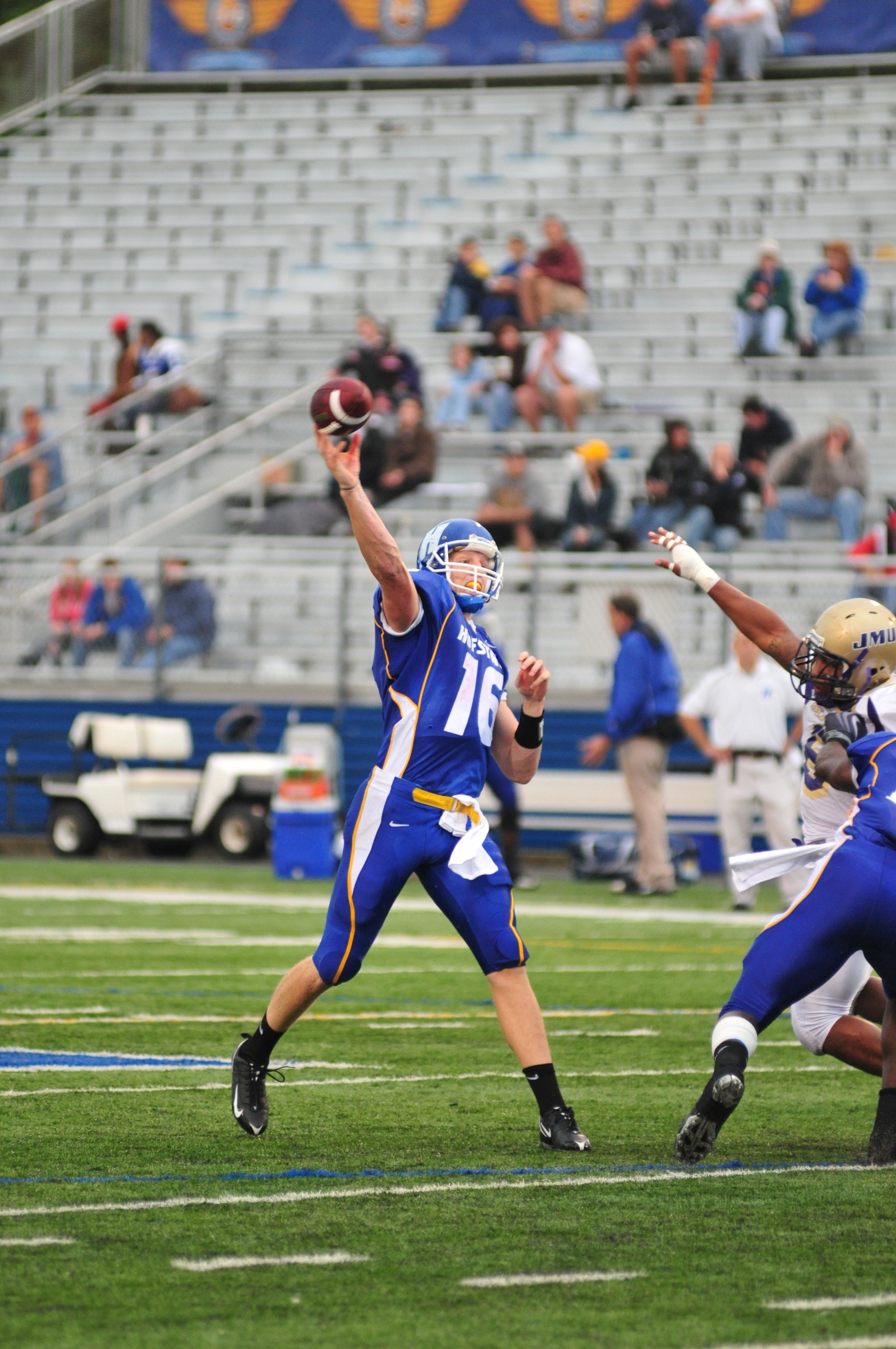
Former Hofstra quarterback Steve Probst is turning heads at the University of Rhode Island. (Sean M. Gates/The Chronicle)



